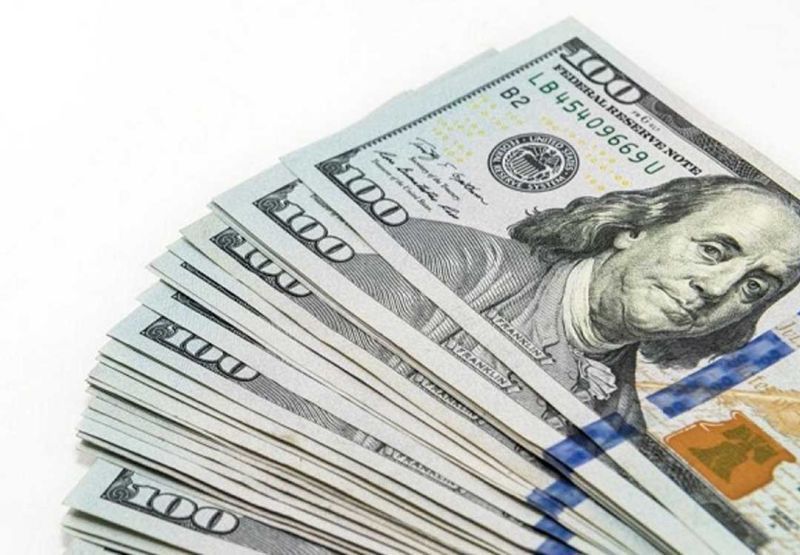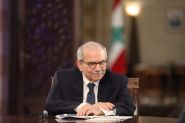
Lebanon’s public debt, long a symbol of its financial instability, is showing tentative signs of improvement. Recent data indicates a decline in the debt-to-GDP ratio, suggesting a modest stabilization following years of economic turmoil.
At the peak of the crisis in 2021, Lebanon’s debt-to-GDP ratio soared to an unprecedented 357.7%, reflecting both a surge in public debt and a sharp contraction in the economy. By 2022, this ratio had decreased to 283.2%, a change attributed more to inflation and currency devaluation than to genuine economic recovery.
The year 2023 marked a turning point: the ratio fell to 195.2%, according to estimates from Crédit Libanais. This shift was partly due to nominal GDP growth – fueled by inflation and increased dollarization in certain sectors – and partly the result of a more cautious fiscal approach, as the state was forced to rein in spending due to a lack of funding.
According to Trading Economics, the debt-to-GDP ratio dropped further to around 140% in 2024. This notable decline is tied to a projected rise in Lebanon’s GDP, expected to reach $25.34 billion, up from $20.08 billion the previous year.
If sustained, this downward trend could send a positive signal to international partners, potential investors – and to the Lebanese people themselves, weary of an economy suffocating under the weight of debt.
Yet despite the progress, major challenges remain. A debt ratio of 140% is still well above sustainable levels for stable economies, and Lebanon has yet to enact critical structural reforms, particularly in taxation and the electricity sector. Moreover, no comprehensive debt restructuring has been finalized, leaving the country’s medium-term fiscal trajectory uncertain.
In summary, Lebanon’s public debt situation is showing cautious signs of improvement. However, sustained progress will require the implementation of substantial reforms to ensure long-term economic stability.



Comments